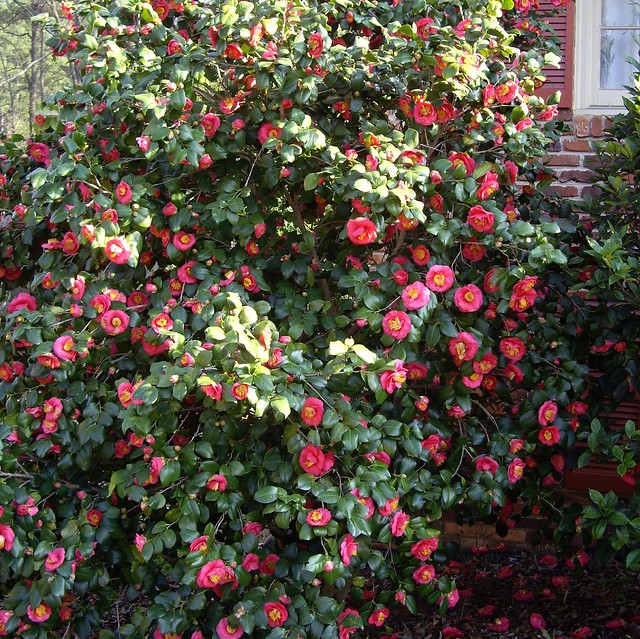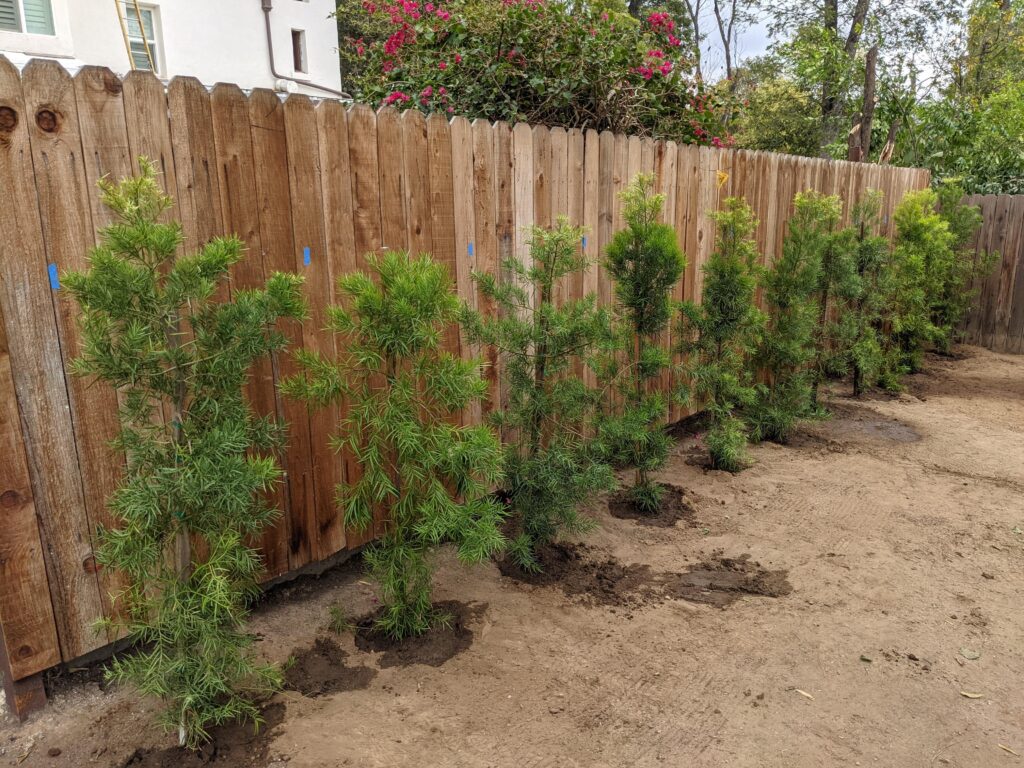Japanese gardens are known for their serene beauty and peaceful atmosphere. They can turn your outdoor space into a calming retreat. But when you’re aiming for authenticity, choosing the right trees is crucial. You wouldn’t want to include plants that don’t fit the traditional Japanese style or disrupt the garden’s harmony.
Fortunately, there are many trees that perfectly capture the essence of Japanese gardens. You can find options that provide year-round interest, showcase beautiful blossoms, or simply add a touch of elegance to your space.
We’ve compiled a list of 12 trees that are ideal for creating an authentic Japanese garden, helping you achieve that traditional look and feel in your own backyard.
Japanese Maple

Japanese maples are well-known for their eye-catching foliage, which comes in shades of purple, green, and red. Though they can withstand moderate shade, especially in warmer locations, they prefer partial to full sunlight. It’s crucial to water the soil sufficiently to keep it continuously damp but not soggy. These trees are ideal for garden landscapes since they grow well in slightly acidic, well-drained soil. Frequent pruning promotes healthy growth and helps them keep their shape.
Cherry Blossom (Sakura)

Sakura, also known as cherry blossoms, usually bloom in the early spring and remain for roughly two weeks. They are available in a variety of shades, including as pink, white, and even faint yellow. These trees require regular watering, especially during dry spells, and like well-drained soil. Furthermore, cherry blossoms can be grown in a range of temperate temperatures because they are typically found in hardiness zones 5 through 8.
Pine Tree (Matsu)

Pine trees are perennial evergreens that grow well in a variety of hardiness zones, but they do best in zones 3 through 8. In Japan, pine trees are referred to as Matsu. Although they can withstand a range of soil conditions, these trees prefer well-drained soil. They are adaptable landscape choices, but they do require full sun to partial shade. Pines require very little upkeep; only the occasional pruning is required to remove damaged or dead branches. Another benefit is that deer and rabbits are resistant to pines since they tend to stay away from them.
Bamboo

Bamboo, which is mostly valued for its quick growth, can grow in a range of soil types, however it likes soil that drains well. It has to be watered moderately, especially in the early stages of growth. Bamboo can be hardy in zones 5–10, depending on the species, making it suited for a variety of climates. Bamboo doesn’t particularly draw pollinators like bees or butterflies, but it is low-maintenance once planted, requiring only periodic trimming and routine monitoring to prevent spreading.
Ginkgo

The small, insignificant blossoms of ginkgo trees usually appear in late spring. For best growth, these trees prefer full sun and do best in well-drained soil. After they are established, they don’t need much irrigation in normal circumstances and can withstand drought fairly well. Ginkgo trees are a long-term contribution to a landscape since they are perennial, meaning they exist for more than two years. They can tolerate a variety of weather conditions and are hardy in USDA zones 3 through 8.
Black Pine (Kuromatsu)

The Black Pine (Kuromatsu) tree needs at least six hours of direct sunlight per day to grow well. It can withstand temperatures in a range of climates because it is hardy in USDA zones 5 through 8. This perennial tree may grow in a variety of soil types, but it likes well-drained, slightly acidic soil. Although it can withstand some drought, Black Pine requires regular trimming to keep its shape and health, as well as infrequent watering during dry spells.
Red Maple (Acer Rubrum)

The Red Maple (Acer rubrum) blooms briefly in the early spring, frequently right before the leaves emerge. It can withstand some shade, but it prefers full sun. Although it can tolerate several types of soil, this tree loves moist, well-drained soils. Hardy in USDA zones 3 through 9, red maples require little upkeep and are renowned for their ability to withstand a variety of environmental factors.
Camellia

Camellias come in a variety of colors, including red, pink, and white, and bloom from fall to spring. These perennials do best in settings that are slightly shaded; they require little direct sunshine to thrive. The ideal soil conditions for camellias are acidic, well-drained soils. They generally need a constant moisture level, but not too much. These plants require very little upkeep when given the right care, which makes them a popular option for gardeners who want to create seasonal beauty.
Azalea

Azaleas come in a variety of colors, including pink, red, white, and purple, and usually bloom for varying lengths of time throughout the spring. They love habitats with some shade, and they do best in partially to filtered sunshine. Regular irrigation is necessary for these plants to maintain a damp but not soggy soil. They are a favorite option in gardens planned with these requirements in mind because they thrive in acidic, well-drained soil. Azaleas aid in pollination by luring butterflies and bees.
Crape Myrtle (Lagerstroemia)

The long bloom period of craze myrtles (Lagerstroemia) is what makes them unique; it usually lasts from June to fall. They are available in a range of hues, such as red, pink, white, and lavender. Full light is ideal for these plants’ growth and optimal flowering. Although they can withstand a variety of soil conditions, Crape Myrtles need well-drained soil. With the exception of the occasional trimming to remove extra growth and encourage air circulation, they are usually easy to manage.
Wisteria

Wisteria is a perennial vine that blooms for a few weeks in late spring and is prized for its cascading blossoms. It needs at least six hours of direct sunshine per day to thrive, and it does best in full sun. Wisteria needs moist, well-drained soil to flourish, and it has to be watered frequently, particularly during dry spells. Although this plant requires little care in general, pruning is necessary to manage its growth and promote flowering.
Yew (Taxus)

Zones 4 through 7 are ideal for the perennial plant known as yew (Taxus). Because of its low maintenance needs, it’s a well-liked option for topiary and hedges. Although it can withstand a variety of soil types, including clay and sandy ones, this plant favors well-drained soil. Yews become highly drought-tolerant after the first year of planting, although they still require moderate watering.
how about trees for a Japanese style garden in South Texas zone 9-b besides the crape myrtle?